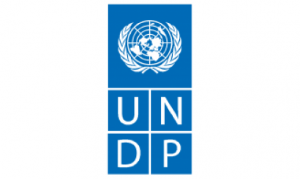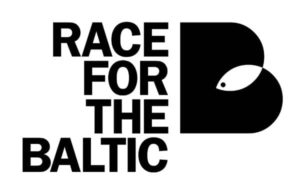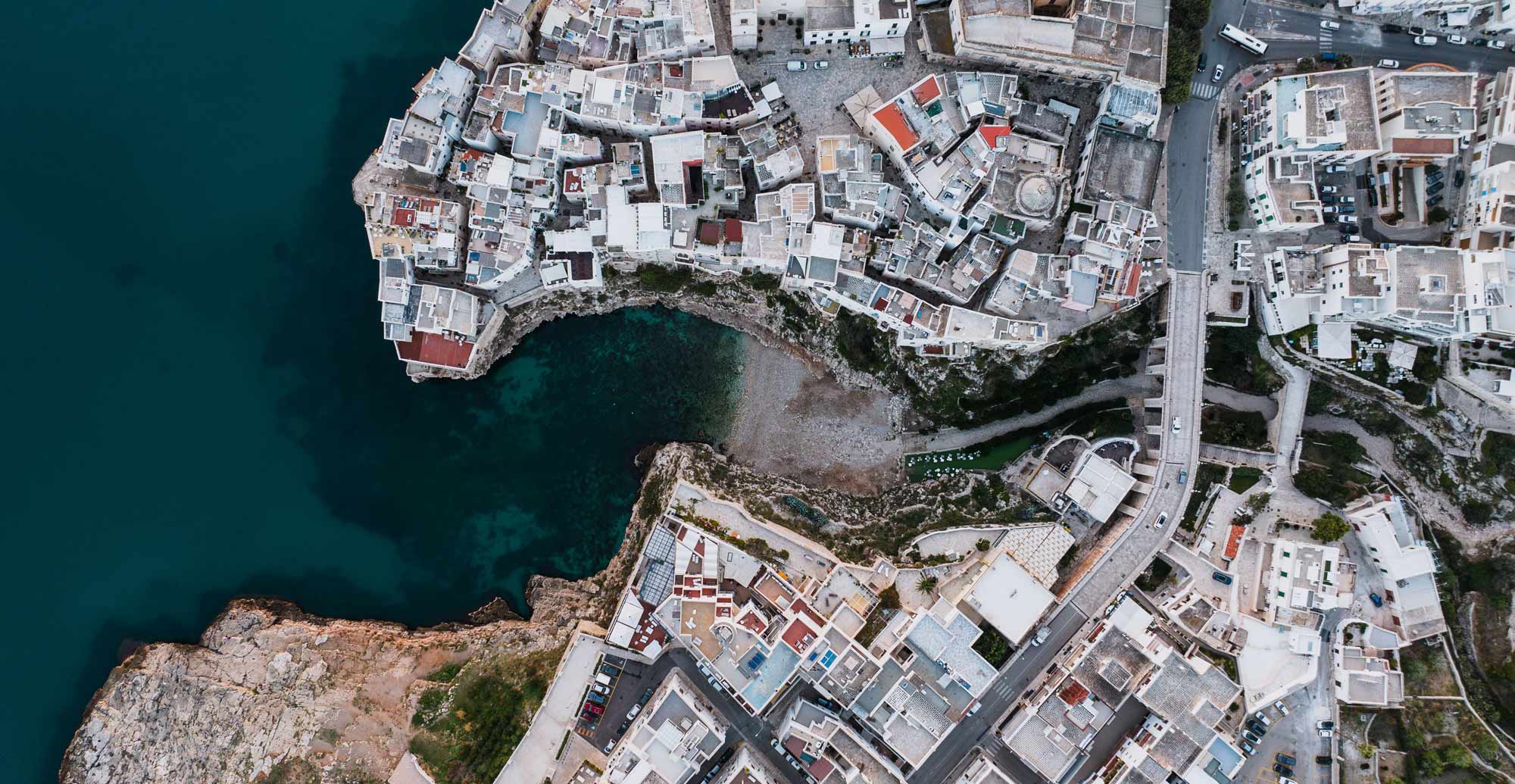What is source-to-sea management and why is it important?
Source-to-sea management recognizes that there are linkages from land, to freshwater, the coasts, and the ocean, creating a continuum from the source to the sea. This source-to-sea continuum is linked by the key flows of: water, biota, sediment, pollutants, materials, and ecosystem services. When any of these are altered in one part of the source-to-sea system, those alterations can have impacts either upstream or downstream of where they occur. Source-to-sea management takes these upstream-downstream linkages into account, it takes a holistic view of the source-to-sea system, recognizing that doing so will result in greater benefits for the system as a whole.
How were the case studies selected?
The case studies presented here are an initial compilation of projects and initiatives provided by partners and friends of the S2S Platform who are applying key principles of the source-to-sea approach. It is important to note that the use of the term ‘source-to-sea’ is recent so not all case studies explicitly use this term and those that do are often at an initial stage.
The main criteria used to select the cases to be analysed was that they:
- Addressed a source-to-sea challenge. These challenges occur when activities in one part of the source-to-sea system alter at least one of the six key flows (water, biota, sediment, pollutants, materials, and ecosystem services) with impacts in other locations of the source-to-sea system.
- Featured cross sectoral and upstream – downstream stakeholder collaborations. Source-to-sea challenges cannot be solved in one location or by one sector. Solutions for source-to-sea challenges require coordination across sectors and cooperation between upstream and downstream stakeholders.
- Represented a range of geographical locations and sizes of the area of intervention. A diverse set of cases were selected to exemplify the adaptability of source-to-sea management with the aim of encouraging a broad range of actors to implement it. Consequently, they include large transboundary projects as well as experiences at the local level.
Once the initial selection was completed, the case studies where analysed based on the information received from project teams, online research and interviews with the project leads or other colleagues who were involved in the project.
How was the analysis of the case studies conducted?
To extract the main recommendations from the case studies an analysis was carried out in four steps:
- In depth review of the context of the case study. This included: identifying the priority key flows addressed in the project, secondary issues addressed, segments of the source-to-sea system considered, project scale and size in km2, project completion level and if it explicitly covered some or all of the steps of the source-to-sea approach.
- Define the starting stage of the source-to-sea readiness level and if, due to the project activities, it would be possible to progress to a more advanced stage. You can find more information about the source-to-sea readiness levels below and in the reportBuilding momentum to accelerate adoption of source-to-sea management.
- Analyse the primary and secondary barriers to the source-to-sea activities of the project, how these barriers were addressed and the results of these actions.
- Compare the case study with recommendations from the report Building momentum to accelerate adoption of source-to-sea management and the call to action of the action brief Starting at the source to save the ocean.
All the information that resulted from this analysis was collected into the case study summaries that can be found below. These summaries include the source-to-sea readiness level, the context of the activities, how the source-to-sea challenge was addressed, the main barriers faced and solutions that the project implemented, and the main recommendations that can support other similar source-to-sea initiatives.
What are the source-to-sea readiness levels?

The readiness levels for source-to-sea management were first presented in the report Building momentum to accelerate adoption of source-to-sea management, by SIWI, commissioned by the Swedish Agency for Marine and Water Management (SwAM). This study identified that the overarching objectives of source-to-sea activities span initial awareness raising to fully developed cross-sectoral coordination in the management of source-to-sea systems and the implementation of collaborative action plans. The readiness level determines the initial starting point for activities toward the implementation of source-to-sea management and the progression to undertake toward higher levels of source-to-sea management readiness.
In many contexts, a project may cross different readiness levels, and some stakeholders may be more or less developed in their readiness to implement source-to-sea management. In these cases, stakeholders that are at a more advanced readiness level can be an ally in exposing remaining stakeholders to the source-to-sea approach, e.g., by leading sensitization of other stakeholders, being the host for stakeholder events or developing internal capacity so they can take leadership roles in implementing the source-to-sea approach.
The following map shows the geographical location of the case studies. Use the coloured buttons to filter those that fall within a specific category. Alternatively, all the case studies can be downloaded from the section below.
Readiness level: Early to mid-stage
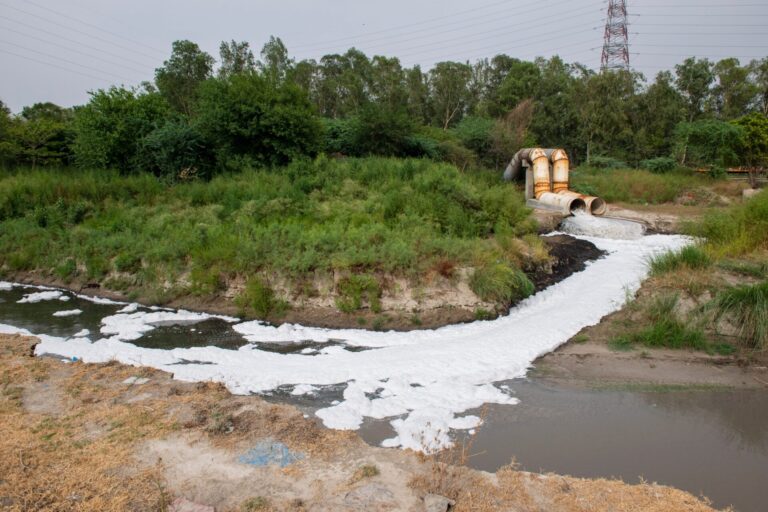
Reducing nutrient pollution in the waterbodies of Delhi
Delhi is a major Indian city with 30 million inhabitants with insufficient wastewater treatment infrastructure and outdated technologies. As a result, surface and underground freshwater bodies are heavily polluted leading to significant eutrophication and biodiversity loss.

Varje skit räknas (Every shit counts)
The Baltic Sea suffers from eutrophication in the form of toxic algal blooms and oxygen depletion. Sweden has been actively trying to reduce nutrient flows into its water bodies and has identified inadequate horse manure management as a significant contributor of phosphorous.
Readiness level: Mid to advanced stage
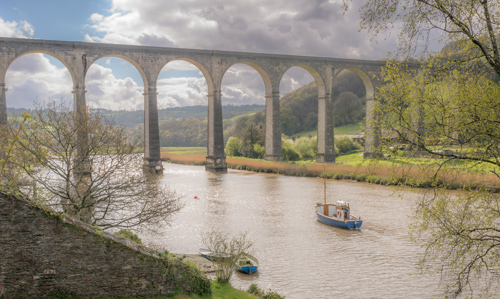
Marine and freshwater scientific collaborations in the Tamar catchment
The Tamar river catchment in the south east of the U.K. provides a vast array of essential ecosystem services. However, local economic activities, such as agriculture and animal husbandry, are negatively affecting the river ecosystem and services it provides.
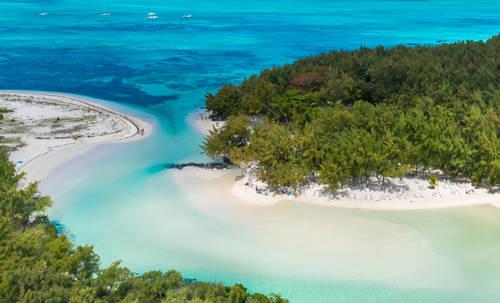
Regional coordination for a healthy Western Indian Ocean
The Western Indian Ocean (WIO) region, consisting of 10 east African nations, has historically been one of the least ecologically disturbed areas globally. Unfortunately the region is now under threat from pressures such as pollution, habitat destruction, and changes in freshwater flows and sediment loads.
In partnership with
